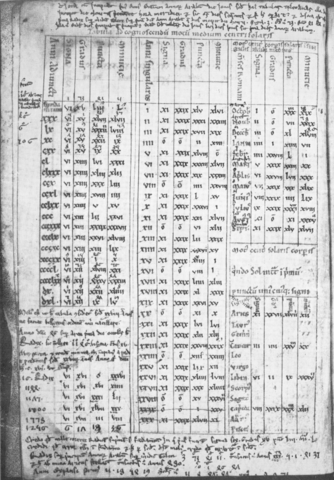
This time the Renaissance Mathematicus digs into the data.
Since it emerged sometime in the middle of the first millennium BCE the principal function of mathematical astronomy was to provide the most accurate possible predictions of the future positions of the main celestial bodies. This information was contained in the form of tables calculated with the help of the mathematical models, which had been derived by the astronomers from the observed behaviour of those bodies, the planets. The earliest Babylonian models were algebraic but were soon replaced by the Greeks with geometrical models based on spheres and circles. To a large extent it did not matter if those models were depictions of reality, what mattered was the accuracy of the prediction that they produced; that is the reliability of the associated tables. The models of mathematical astronomy were judge on the quality of the data they produced and not on whether they were a true reproduction of what was going on in the heavens. This data was used principally for astrology but also for cartography and navigation. Mathematical astronomy was a handmaiden to other disciplines.